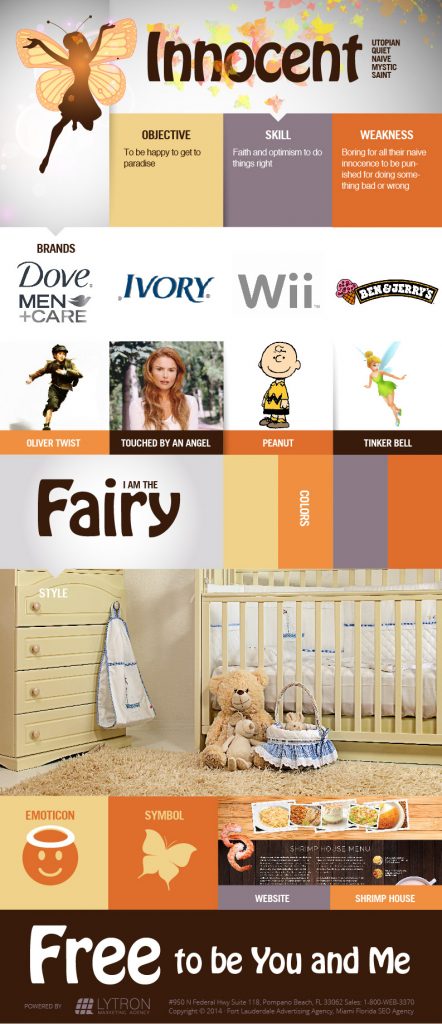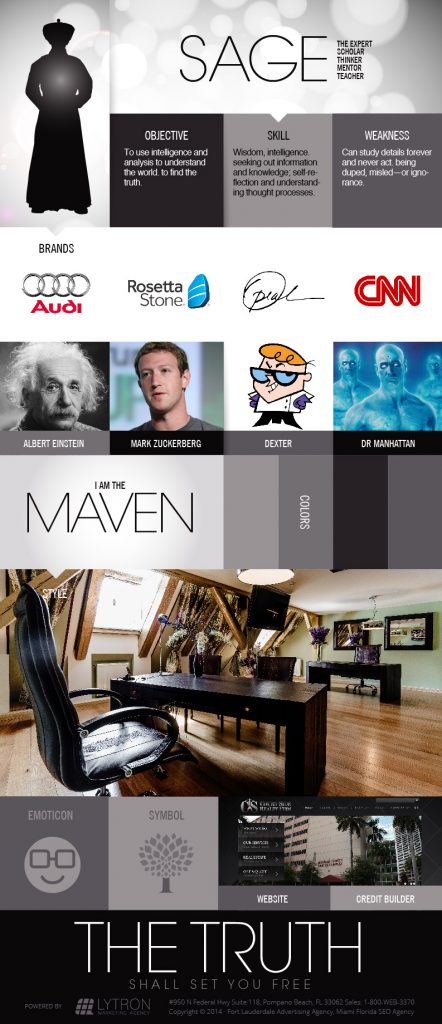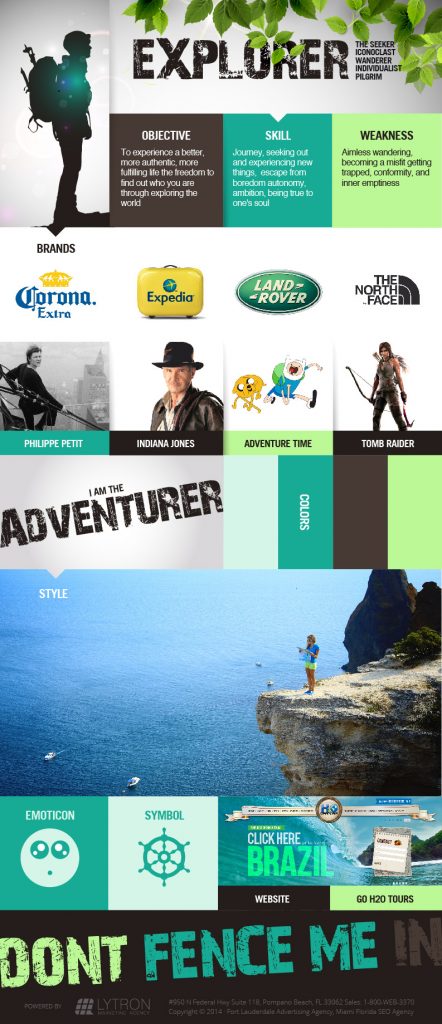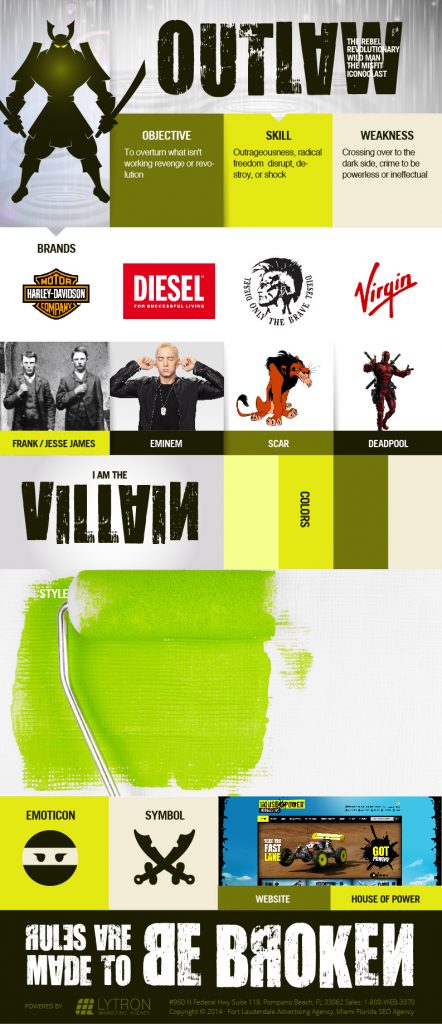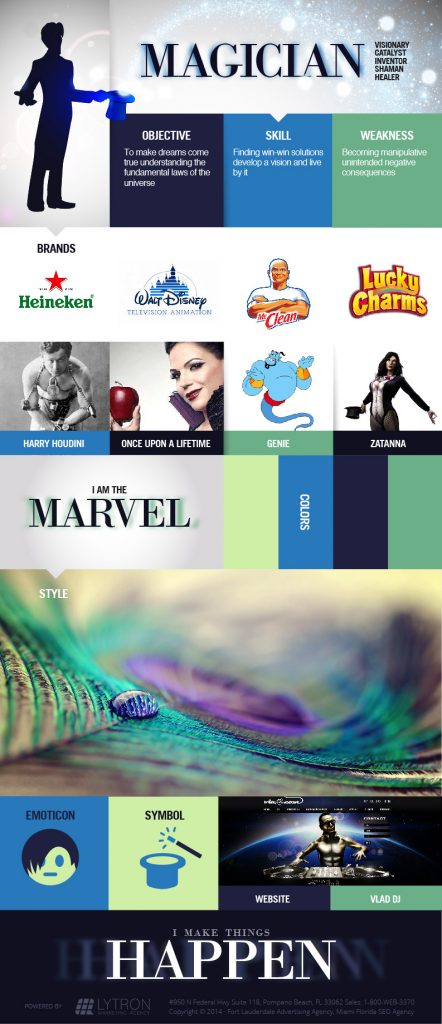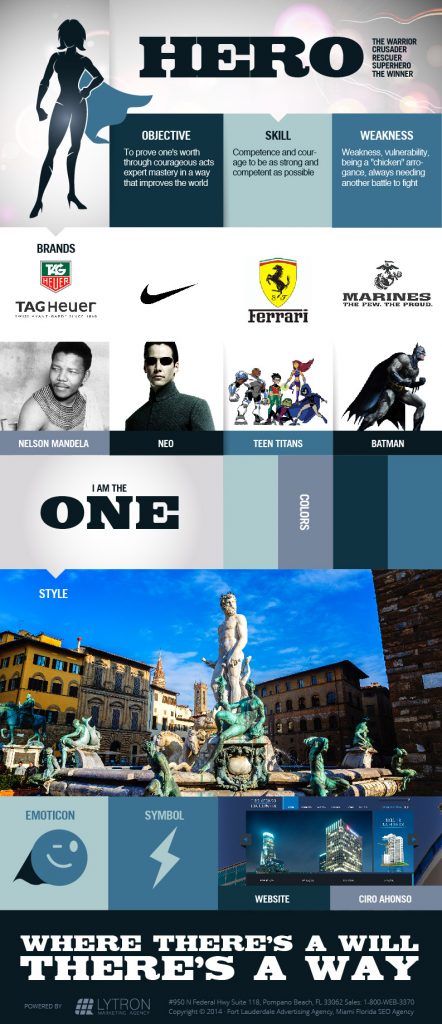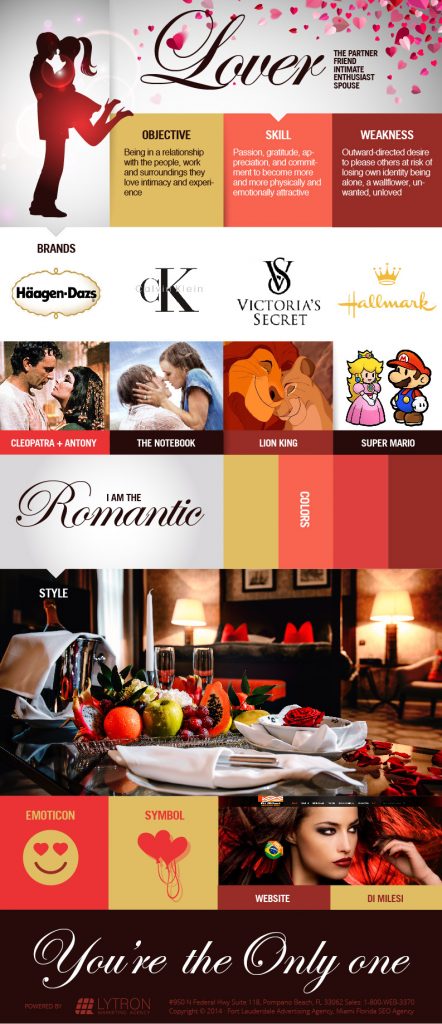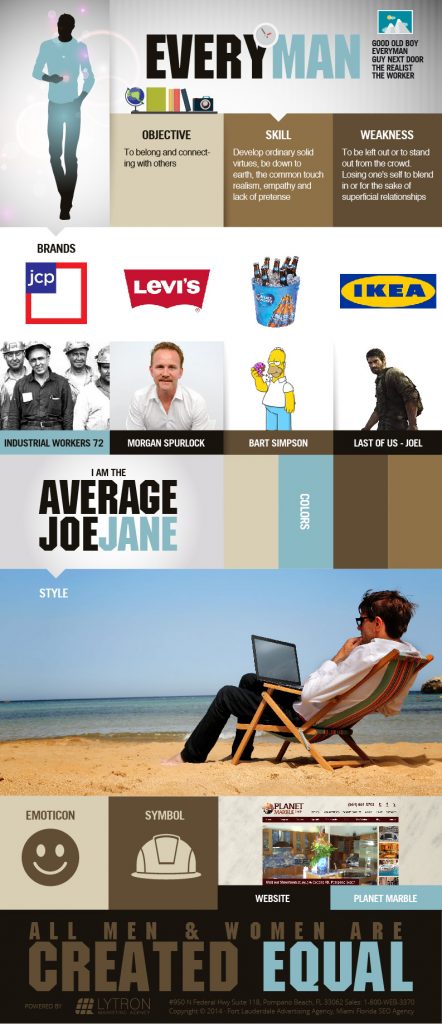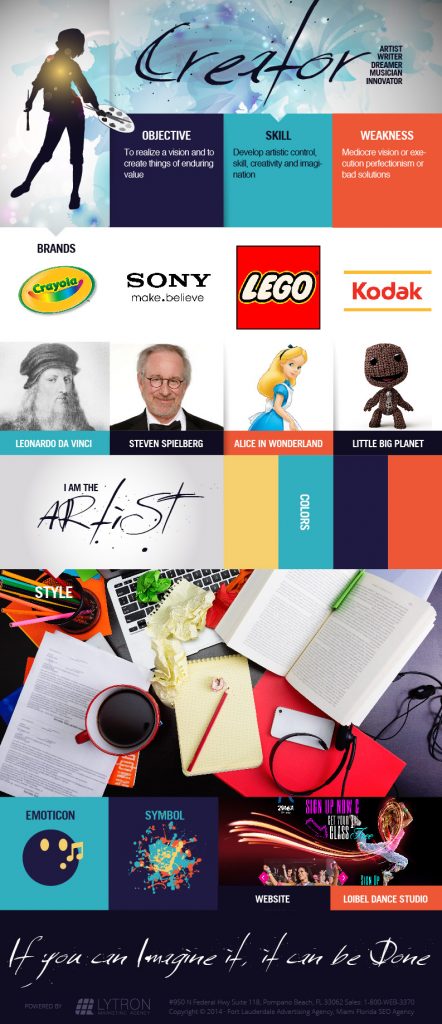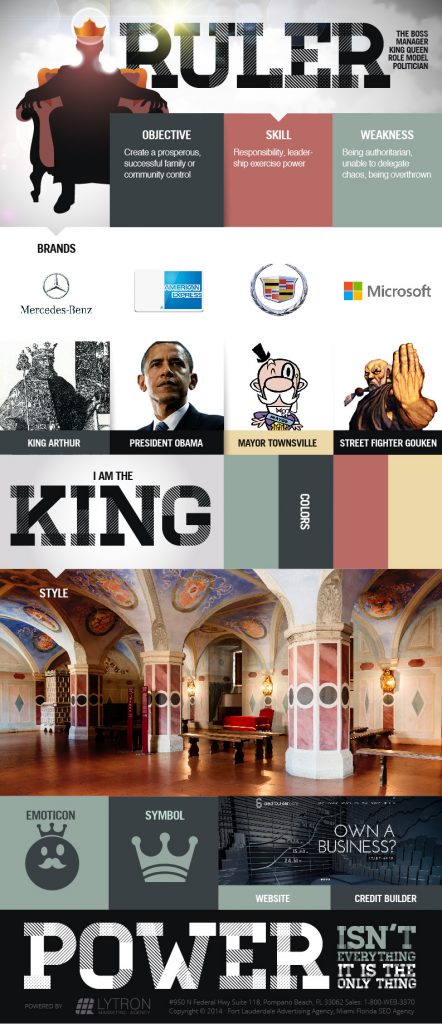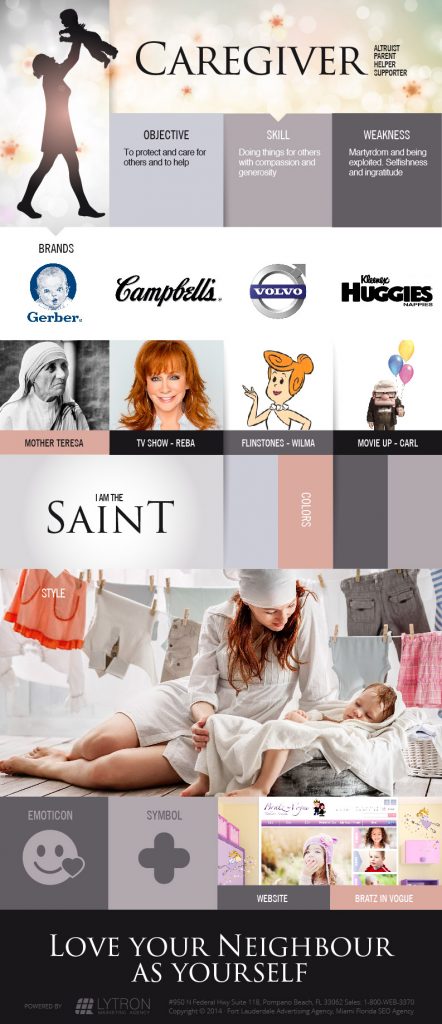Fort Lauderdale Web Design, Brand Development, Management, SEO and Digital Marketing Agency
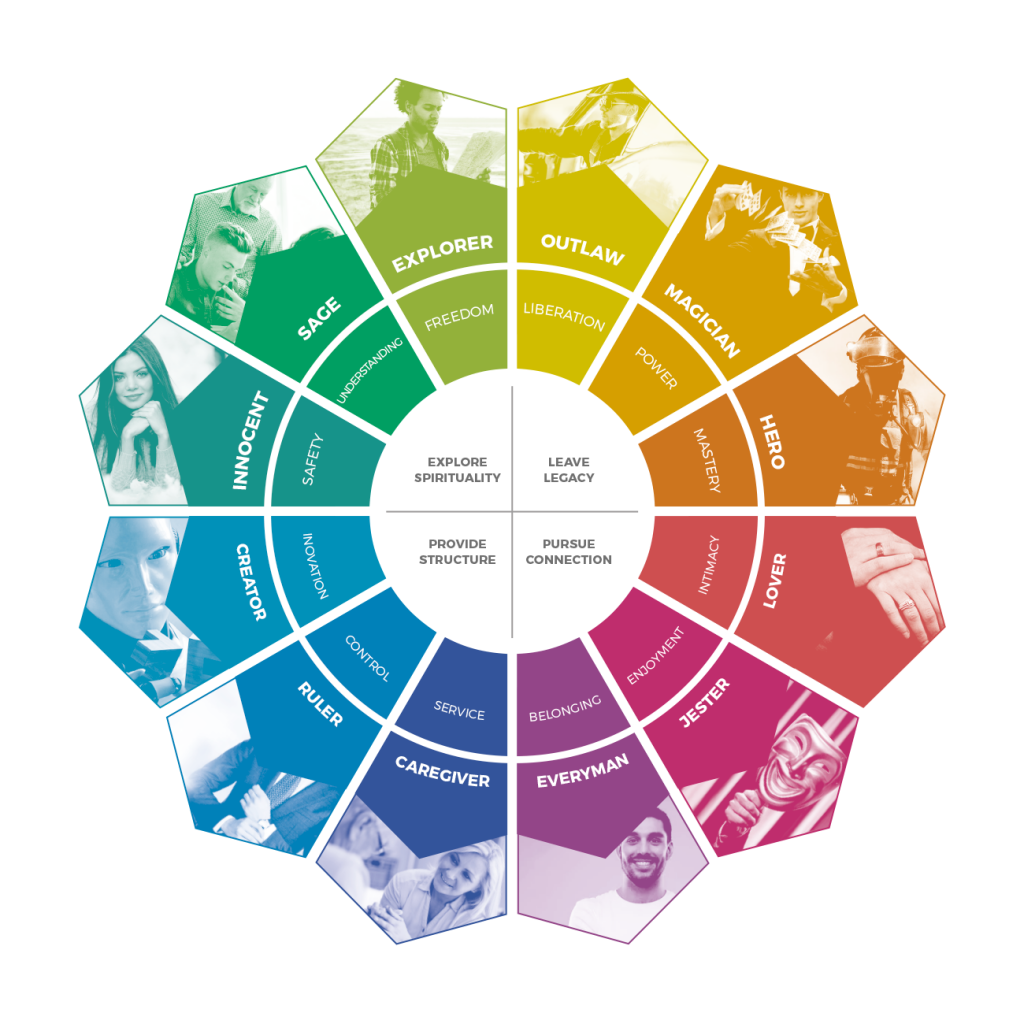
BRAND PERSONALITY
vs BRAND IDENTITY
The majority of agencies develop a brand identity, which is the look of your brand: site, logo, business card, flyers, and other marketing materials.
At Lytron we create your brand from the inside out. We give define and develop your brand personality, your tone of voice, and a set of specifics characteristics that go along with your target audience, creating empathy and connection to differentiate you from competitors and to help you to dominate your market.
Traditional digital agencies focus on technology, which will attract new leads. Lytron adds human behavior and psychology to optimize conversions, transforming potential leads into customers.
Main differences between brand identity and brand personality:
| BRAND PERSONALITY | BRAND IDENTITY |
| Brand personality is an internal creation. If a brand was a person, it would be introvert or extrovert, joyful or stressed, calm or agitated. | Brand identity is the external expression. If a brand was a person it would be short or tall, blond or brunette, slim or over weight, caucasian or black. |
| It means assigning human personality with distinguishing characteristics to a brand to achieve differentiation | Brand identity is the noticeable elements, for example – trademark logo, color, name, symbol, collateral that identifies differentiation in target buyers mind |
| Brand personality is a set of feelings, emotions and qualities you can give a brand. It is everything that a brand lives to be. | A brand identity is the face of your company or a product. It represents the company’s values, mission and services. |
| It is unique and long lasting | Brand identity is futuristic i.e. it should reveal the associations ‘aspired for’ the brand. |
| Brand personality is the way a brand looks, feels, behaves and speaks based on a set of human traits | IDENTITY refers to physical side of a brand — is anything you can see, smell, touch, taste and hear. |
The 12 Brand Personalities
Who is your ideal client? What are the main needs you can help to fulfill, what are the problems they may have that you can help to solve? How can you improve their quality of life? How are you trying to connect with them? What is unique about your business? What are your competitive advantages? What strategies are you using to differentiate yourself?
The message you are projecting, the words you are choosing, your brand behavior in general says a lot about who you are and it will definitely help you to increase your conversions and shortens your sales cycle.

Brands who use this archetype might want to make their costumers feel safe and beautiful on the inside. Ex: Nintendo Wii, Coca-Cola, Dove
Brands that identify with this archetype tend to have a humanist side and want to help those who follow them. Ex: Google, BBC, Oprah
A brand that has chosen the Explorer as their archetype may offer their clients a chance to escape. Ex: Corona, Red Bull, REI
These brands tend to cater to misfits and/or people who like living on the edge. Ex: Virgin, Harley-Davidson, Diesel
They promise their customers to make their dreams come true by using their impressive skills. It is no wonder that many technology brands use this archetype. Ex: Apple, Absolute Vodka, Axe
Brands that shape themselves after the Hero sell themselves to their customers as the one who is going to rescue them from their woes. Ex: Snickers, Nike, Ariel, Printsome
A company that identifies itself with this archetype will most likely use suggestive imagery to evoke sensations. Ex: Häaguen-Dazs, Victoria Secret, Chanel
A marketing campaign designed for a Jester brand would probably be very funny or at least entertaining. Everyone loves to laugh, that’s why Jesters are some of the most beloved brands or at least have the most memorable ads. Ex: Pepsi, M&M’s, Old Spice, Budweiser
Brands who identify with the Everyman archetype relate to people on a “real” level. The Everyman marketing campaign usually evolves around everyday life activities and routines. Their message: It is perfectly fine to be normal. Ex: IKEA, Kit Kat, Visa
A Creator brand will empower its customers to use their creativity by selling them a world of possibilities. Ex: Lego, Adobe, Crayola
A brand that wants to “Rule them all” will have a narrative that demonstrates why they’re the leader of the industry. These type of brands will suggest to their customers that they can be rulers, too. Ex: Microsoft, British Airways, Mercedes-Benz
If the Ruler archetype is your boss then the Caregiver archetype is your parent. They empathise, want to help and protect their clients. Their message tends to be very positive. A Caregiver brand will exude an aura of selflessness. Ex: UNICEF, Johnson & Johnson, Heinz
Multiple Brand Personality
Does Your Brand Have Multiple Personality Disorder? We will help you to activate a core emotional response (make them feel secure, make them feel part of the group, etc) in order to build trust and loyalty.
We study and learn what motivates your consumers. We rely on data insights, competition study and analytics rather than blindly guessing. Once we’ve determined what motivates them, we present a clear point of view that will attract those who are a strong fit for your brand.
We suggest being genuine at all times to make sure your messaging and interactions consistently align with your brand’s value proposition.
First introduced in 1919, and primely used in the field of psychology, it became well established that collective unconcious is cross cultural.
Large brands have been applying the Archetype concept for decades to define their identity, amplify their reach and connect emotionally to thier target audience by reaching out to their subconscious and basic human needs. Usually the Archetype concept is not known by digital agencies and small businesses. As Lytron is both branding and digital marketing agency, results focused, we use Archetypes on our brand creation process and sites development to increase conversion rate and ROI
There are 12 brand archetypes. They are divided into four general human needs. Each archetype represents a deeper need that branches out from the main one.

